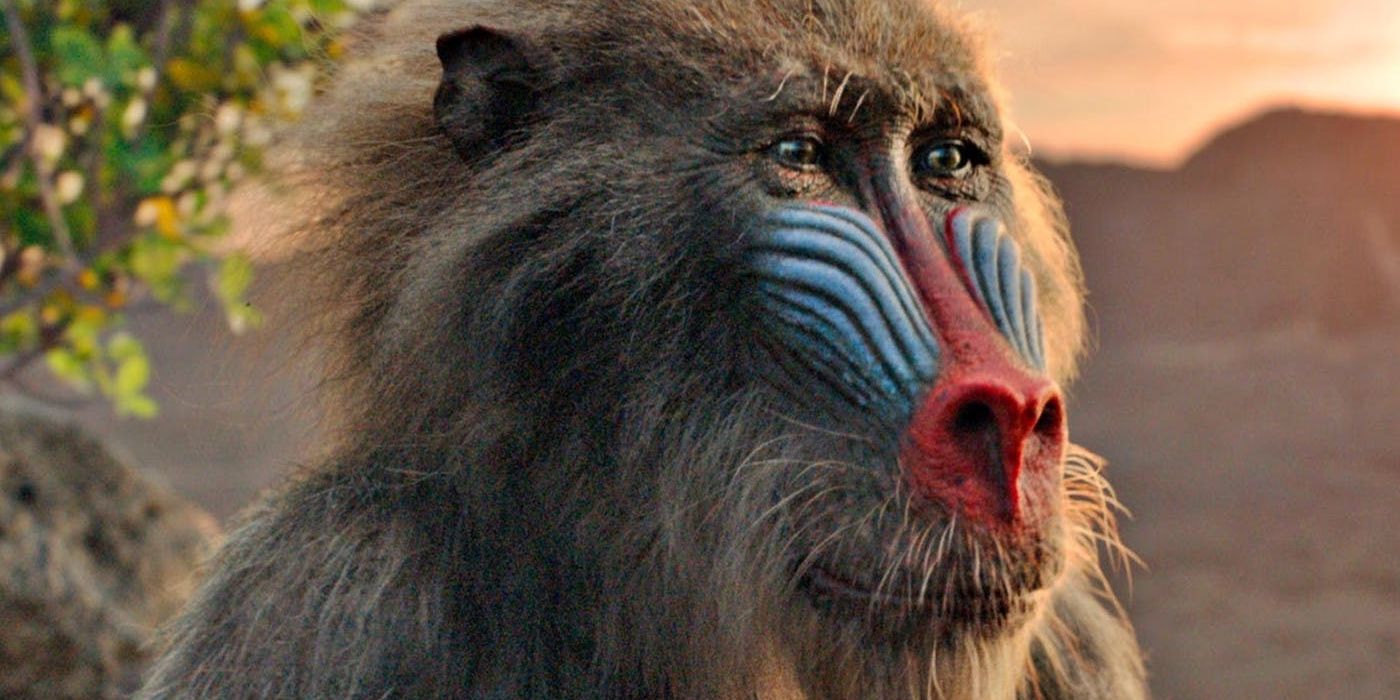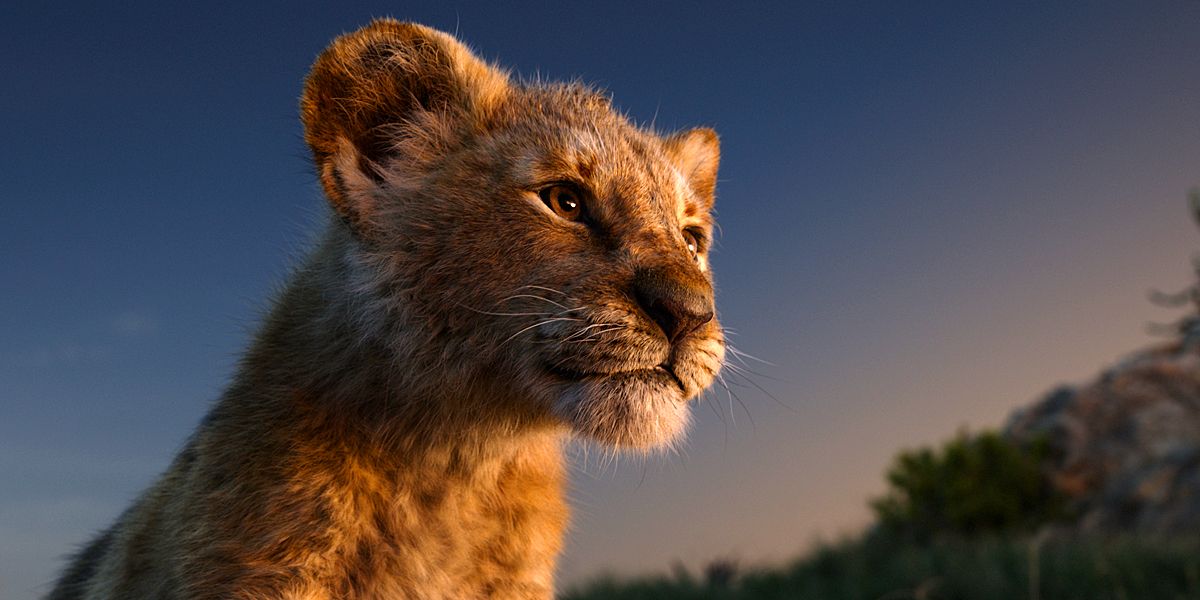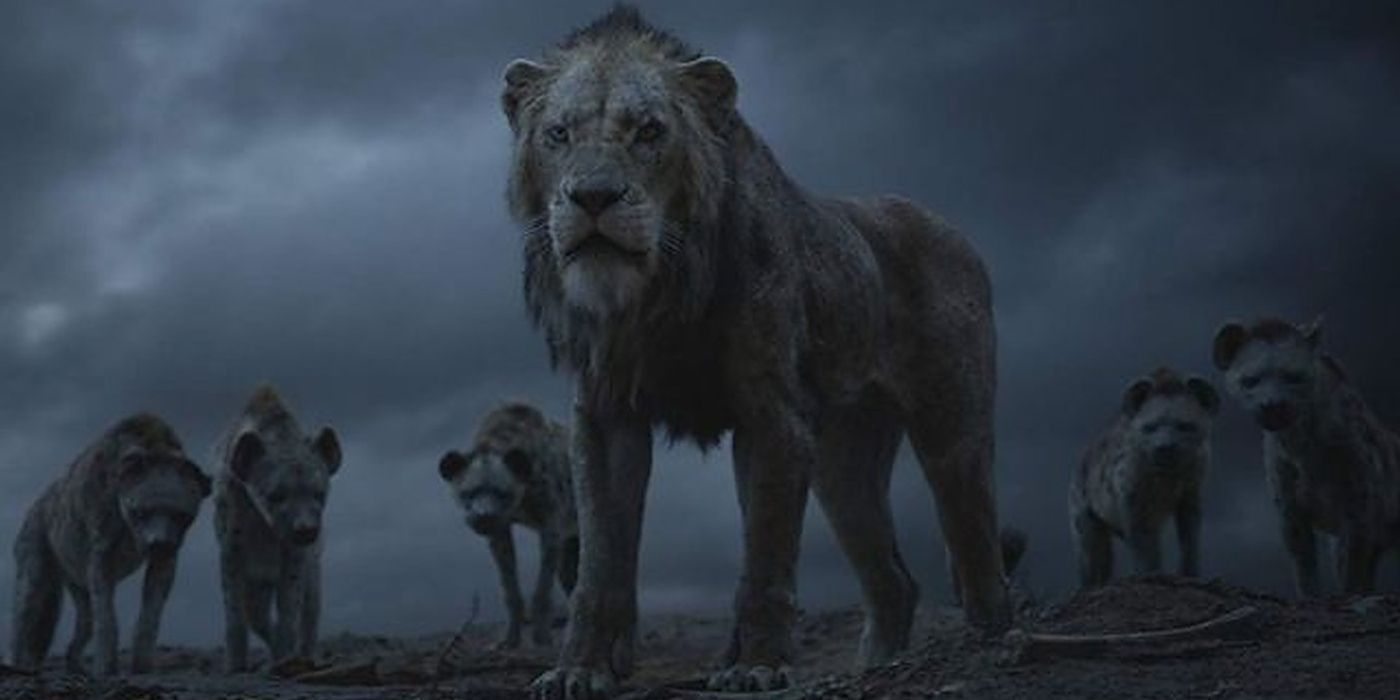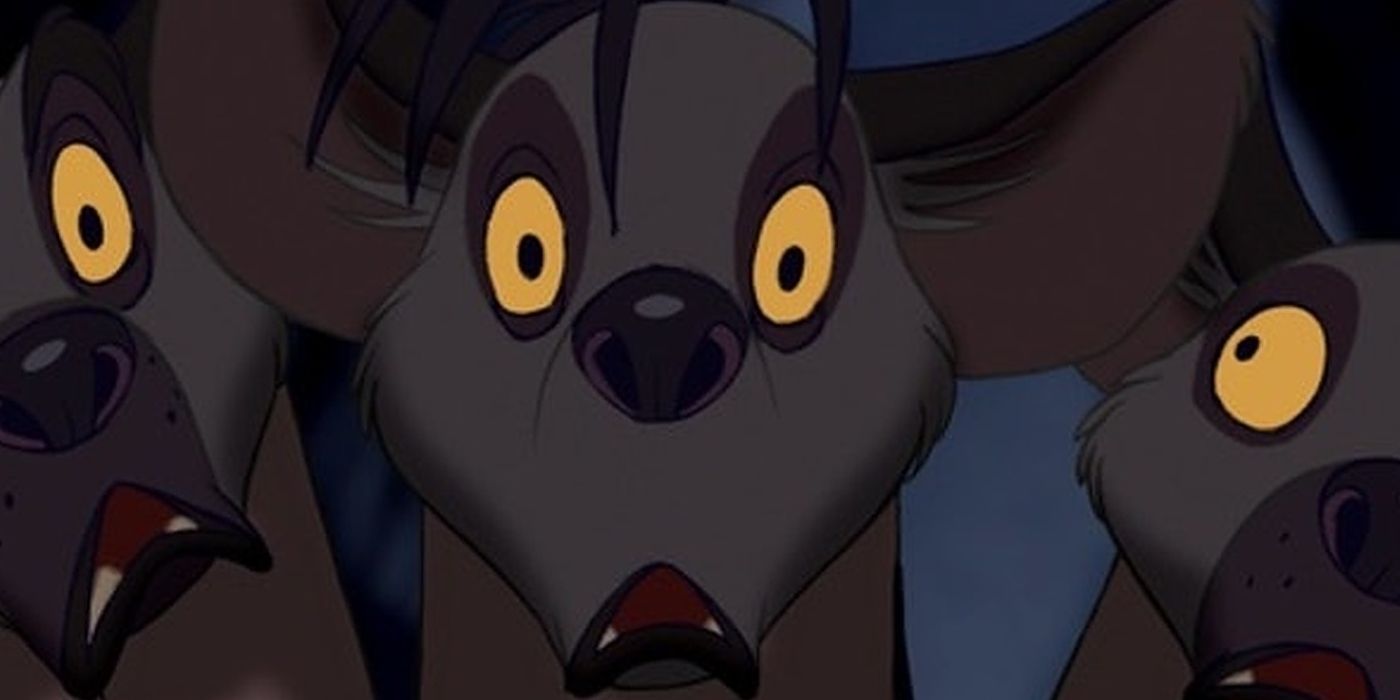From the time we're children, wild animals play an important role in our lives. Children's stories feature big bad wolves, bears who live in houses, and slow but steady tortoises. Yet most children are more likely to see drawings of these animals in picture books than they are to see the real thing. When we grow a little older though, we recognize these animal drawings and cartoons from our childhoods aren't quite like the animals that actually roam the wilderness.
With the push into hyper-realistic computer-generated imagery however, that's changing. And director Jon Favreau and Disney are leading the charge -- first with 2016's The Jungle Book and now with this year's The Lion King. They are remaking beloved Disney animated classics with animals that look and move like real-life wild animals. Much of the talk surrounding these "live-action" movies has centered on the technological achievement of making animal characters appear photorealistic and it's undeniable that both movies look beautiful. However these movies also open up a crucial question: when CG animals look so realistic that it's hard to distinguish them from the real thing, what does that mean for real-life animals?
THE UPSIDE
On the positive side, using CG animals eliminates the need for real animals, preventing living creatures from being forced to perform for human entertainment. This is especially important since it keeps real animals from coming to any harm or being forced to behave in unnatural ways that have the potential to cause psychological trauma. As a result, CG animals are an ethical alternative that still enables humans to enjoy movies and TV shows featuring animals.
In addition, The Jungle Book and The Lion King can both stoke interest in and compassion for real animals. This is particularly true for the recently released Lion King, which unlike The Jungle Book, doesn’t feature a single human actor on-screen. As a result, it asks the audience to identify and empathize with its animal protagonists. The experience could inspire some people to learn more about the animals they see on film.
This could be especially valuable to The Lion King's title species as lions are listed as "Vulnerable" by the International Conservation of Nature. Knowing the species is threatened could prompt interested viewers to get involved in the fight to save them. Even better, it could prompt those individuals to become aware of and involved in the conservation of other endangered species.
This is an effort Disney itself is working to help with. In honor of the release of The Lion King the company partnered with The Wildlife Conservation Network's Lion Recovery Fund on a campaign to raise awareness and funds to protect African lions. A cynic could see this as a purely symbolic effort on Disney's part, yet the company has been involved in animal conservation efforts for decades, and has contributed millions of dollars to the cause. Plus, Disney has a vast global reach, making the company and its movies an excellent vehicle for raising awareness of the plight of threatened and endangered wildlife.
THE DOWNSIDE
On a more negative note, anthropomorphizing realistic-looking wild animals prevents people from appreciating them as unique beings whose behavior and motivations are different from those of human beings.
Some might argue that everyone knows movies like The Jungle Book and The Lion King are fantasies, so viewers know better than to mistake what they're seeing for reality. The animals talk, after all. Audiences know that's not real. So really aren't we just suspending our disbelief when we're enjoying these movies? This seems like a logical conclusion, but the truth is a little more complicated.
Psychological research shows that people are hard-wired to believe what we see, even on cinema or television screens. So although suspension of disbelief is a popular explanation for our response to stories, it isn't what we're actually doing. This isn't altogether surprising when you consider that the person who coined the phrase was Samuel Taylor Coleridge, a poet, not a psychologist.
What we really do when we take in a story (or any information for that matter) is work to comprehend it. It's only after we understand the story that we judge it as true or false. And psychological studies have shown that our judgment automatically swings toward truth because it actually takes a lot more mental effort to decide a story rings false.
This doesn't mean viewers come out of a movie like The Lion King believing that lions talk, engage in Shakespearean battles for power or befriend warthogs and meerkats. But it does mean that viewers become absorbed in the emotional content of the story. And the more absorbed they become, the more likely they'll accept the ideas and perspectives championed by the story. So when we watch photorealistic animals in The Lion King, we come away believing that lions and other animals behave in human-like ways.
Part of the reason for this is that movies like The Lion King and The Jungle Book are the only encounters many people will have with wild animals. That means we have no knowledge that would counter what we learn about animals in the movies. And the hyper-realistic CG reinforces this perception.
In contrast, in the original version of The Lion King from 1994, there was no mistaking the animated animals for flesh and blood ones. It was clear from the style in which they were drawn that the animal characters were a combination of animal bodies and human expressions; a fact that communicated to viewers that the behavior of the animals shouldn't be taken for the real thing.
The same can't be said for photorealistic animals. They simply don't give viewers as many tools to mentally counter what they're seeing. As a result, how we understand and value animals may be impacted by what we see on the big screen.
Of course, education and awareness can counter this issue. People can learn that the lion pride featured in The Lion King bears no resemblance to a real lion pride, which would eventually kick little Simba out, not crown him king.
Yet, it's an issue that deserves some thought. Anthropomorphizing animals can lead us to misunderstand their place in the, ahem, circle of life. So while there are many good things that come from CG animals, there are also some issues that should lead filmmakers to proceed with caution.
Currently in theaters, director Jon Favreau's The Lion King features the voices of Donald Glover, Seth Rogen, Chiwetel Ejiofor, Alfre Woodard, Billy Eichner, John Kani, John Oliver, Florence Kasumba, Eric André, Keegan-Michael Key, JD McCrary, Shahadi Wright Joseph, Beyoncé Knowles-Carter and James Earl Jones.




